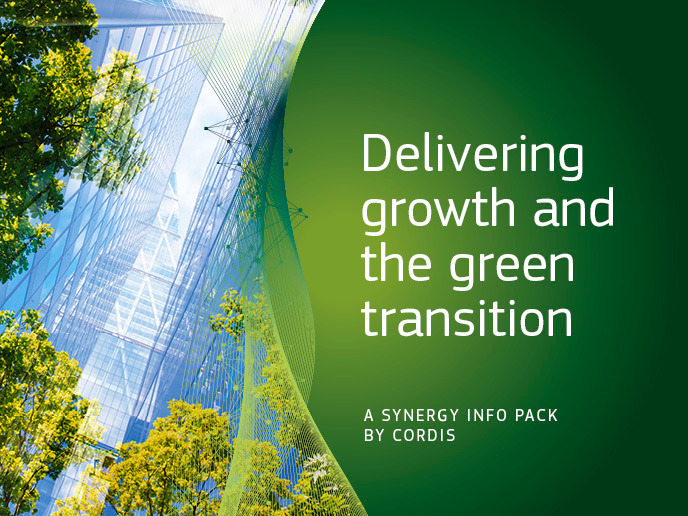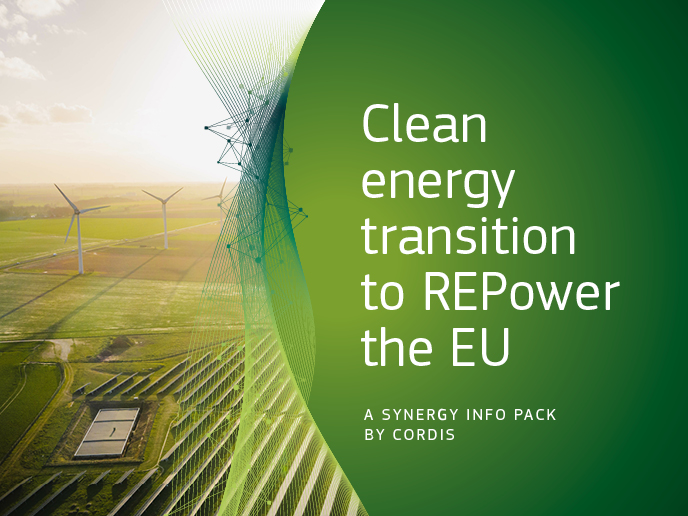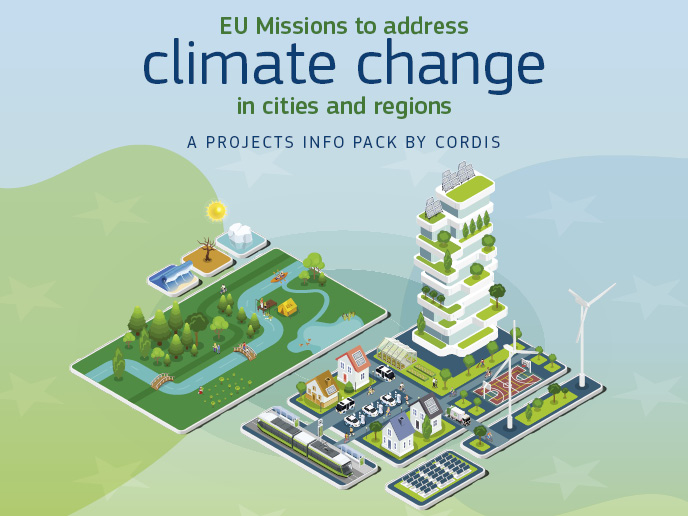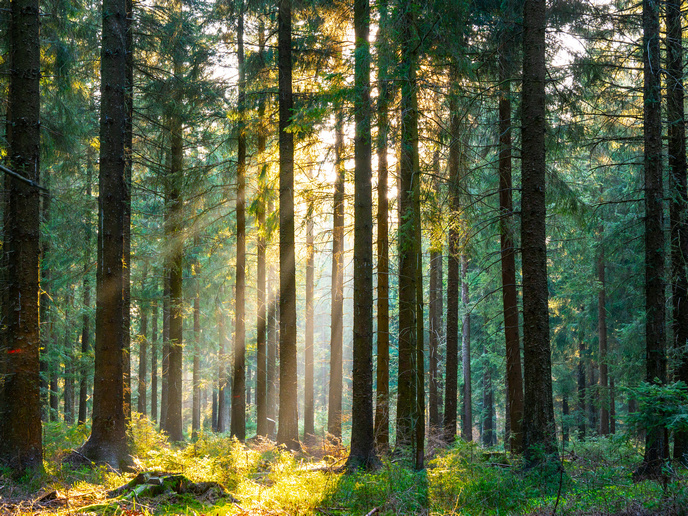Winds of change blow through rooftop turbines
Global wind power is an important renewable energy source with tremendous potential for reducing CO2 emissions and facilitating compliance with increasingly strict environmental legislation. According to Archer and Jacobson(opens in new window), “even if only 20 % of [global wind] power could be captured, it could satisfy 100 % of the world’s energy demand for all purposes and over seven times the world’s electricity needs.” Large wind turbines on remote mountain tops have become a common sight in many parts of the world. However, harnessing wind energy for power generation in urban environments poses unique problems related to low wind speeds, limited space, and danger to humans and flying objects or birds. EU-funded researchers working on the ambitious WindiBox project(opens in new window) have closed the technology gap with a novel design that harnesses gentle winds and augments power output. Furthermore, the design makes provisions to shield for noise and vibration while incorporating aesthetics, and safety. Targeting a pressing need Researchers began with a comprehensive market survey and competition analysis of current solar and wind markets and existing products. A tailor-made end-user survey revealed that more than 90 % of the responders are knowledgeable about environmental issues and are willing to integrate renewable solutions. According to project coordinator, Dr Panayiotis Philimis, "WindiBox has been created to effectively tackle the limitations of wind turbine applicability for wind energy generation in buildings.” Scientists developed pioneering technology that exploits low-speed winds of approximately 18 km/hr (5 m/s). Consisting of a wind turbine enclosed in a specialised casing, the design augments the wind turbine’s rotational speed and its power output by a factor of at least 2.5 and 2, respectively. All parts are enshrouded for an elegant look and zero-exposure for safety. Insulation can be added to the turbine’s casing to minimise noise and vibration. Further, the design accommodates stacking in both the horizontal and vertical directions to match the end-user’s power output requirements. Rounding out the benefits of the state-of-the-art engineering design, the turbines are a turnkey technology that can be employed in renovation projects as well. In this way, the technology not only addresses the requirements for all new public buildings to be nearly zero-energy but also aids end-users in transforming their existing homes, schools, and offices into energy-efficient and eco-friendly buildings. The road to commercialisation A ground-breaking product with the potential to meet a critical need cannot do so without a business plan. The team has conducted a detailed feasibility study that revealed the market viability of WindiBox technology. Researchers identified all necessary steps for product launch and pre-commercialisation, including required certification conforming with International Electrotechnical Commission (IEC) standards. The business plan includes specific pricing strategies. According to the projections, “within [five] years from WindiBox commercialisation, revenues will reach an annual total of approximately EUR 19.2 million and net profits estimated at 30 %.” The five-year commercialisation plan includes marketing campaigns, technology upscaling, large-scale demonstrations, and submission of certification documentation. According to Dr Philimis, “Last but not least, WindiBox is the first small wind turbine to offer a ROI of less than six years to its end user.”







